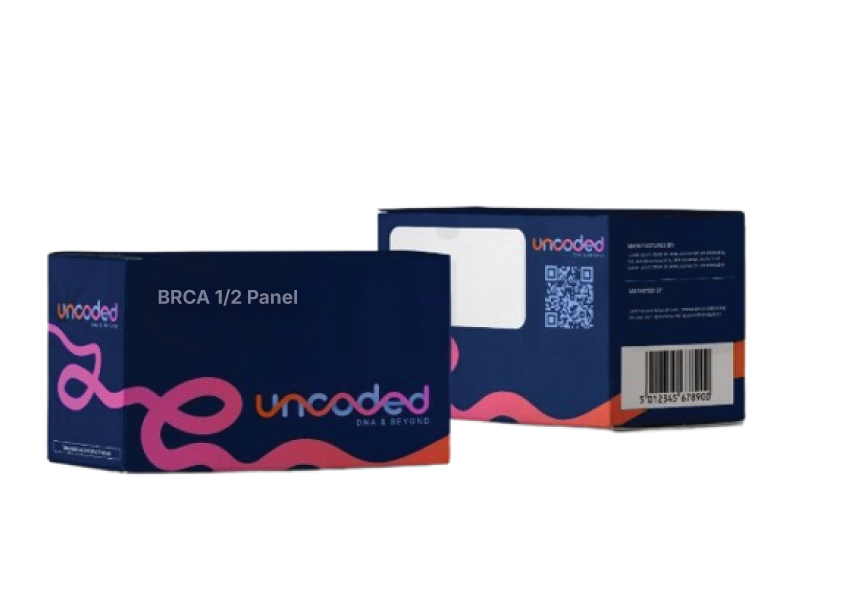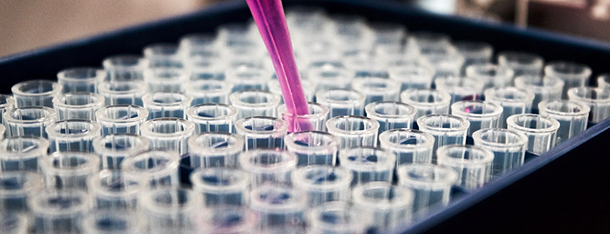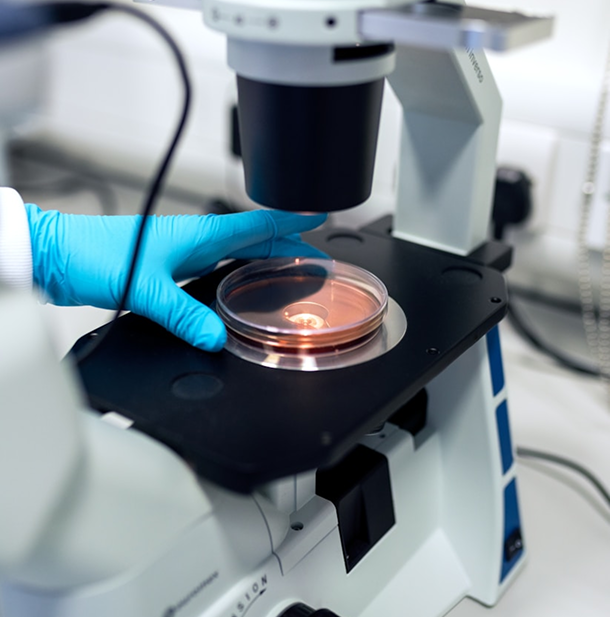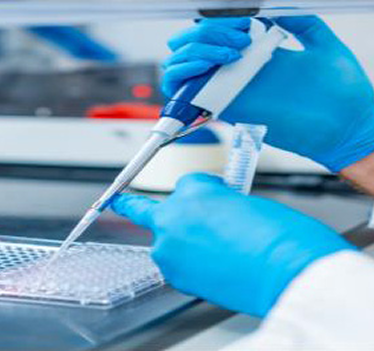16S V3-V4 Library Preparation Kit

Uncoded proudly introduces its first-ever product the 16S V3–V4 Library Preparation Kit for metagenomic sequencing. This 16S metagenomics kit enables scientists to investigate microbial communities by focusing on the 16S ribosomal RNA (rRNA) gene, a well-conserved marker found in both bacteria and archaea. Its integrated hypervariable regions facilitate precise identification of various bacterial taxa, making it perfect for extensive microbial profiling using 16S metagenomic sequencing library preparation workflows.
The 16S rRNA gene is a highly conserved genetic marker present in all prokaryotic organisms, which makes it an excellent target for identifying bacteria and conducting phylogenetic analyses. This gene contains nine hypervariable regions (V1–V9), each providing varying degrees of taxonomic resolution.
Addressing Major Challenges in Metagenomic Sequencing


Differential Uses in Industry and Research
The purpose of the 16S V3–V4 Library Preparation Kit is to facilitate a broad range of industrial and research applications by giving users practical knowledge about microbial communities in many sectors:
Ordering Details

Storage Condition

Frequently Asked Questions
Curious about workflow, accuracy, or compatibility? Find all your answers here
What are the challenges of 16S V3-V4?
Lorem ipsum dolor sit amet consectetur. Dolor aenean lorem integer nunc at nascetur enim. At porta eu imperdiet porta condimentum vitae in lacus. Amet placerat senectus justo integer nulla lobortis bibendum sed quam. Morbi consequat iaculis et est elementum in.
How does16S V3-V4 improve compliance?
Lorem ipsum dolor sit amet consectetur. Dolor aenean lorem integer nunc at nascetur enim. At porta eu imperdiet porta condimentum vitae in lacus. Amet placerat senectus justo integer nulla lobortis bibendum sed quam. Morbi consequat iaculis et est elementum in.
What is 16S V3-V4?
Lorem ipsum dolor sit amet consectetur. Dolor aenean lorem integer nunc at nascetur enim. At porta eu imperdiet porta condimentum vitae in lacus. Amet placerat senectus justo integer nulla lobortis bibendum sed quam. Morbi consequat iaculis et est elementum in.
How does16S V3-V4 improve compliance?
Lorem ipsum dolor sit amet consectetur. Dolor aenean lorem integer nunc at nascetur enim. At porta eu imperdiet porta condimentum vitae in lacus. Amet placerat senectus justo integer nulla lobortis bibendum sed quam. Morbi consequat iaculis et est elementum in.
Learn more about : 16S V3-V4 Library Preparation Kit

Name of the brochure
Lorem ipsum dolor sit amet consectetur. Dolor aenean lorem integer nunc at nascetur enim. At porta eu imperdiet porta condimentum vitae in lacus. Amet placerat senectus justo integer nulla lobortis bibendum sed quam. Morbi consequat iaculis et est elementum in.
